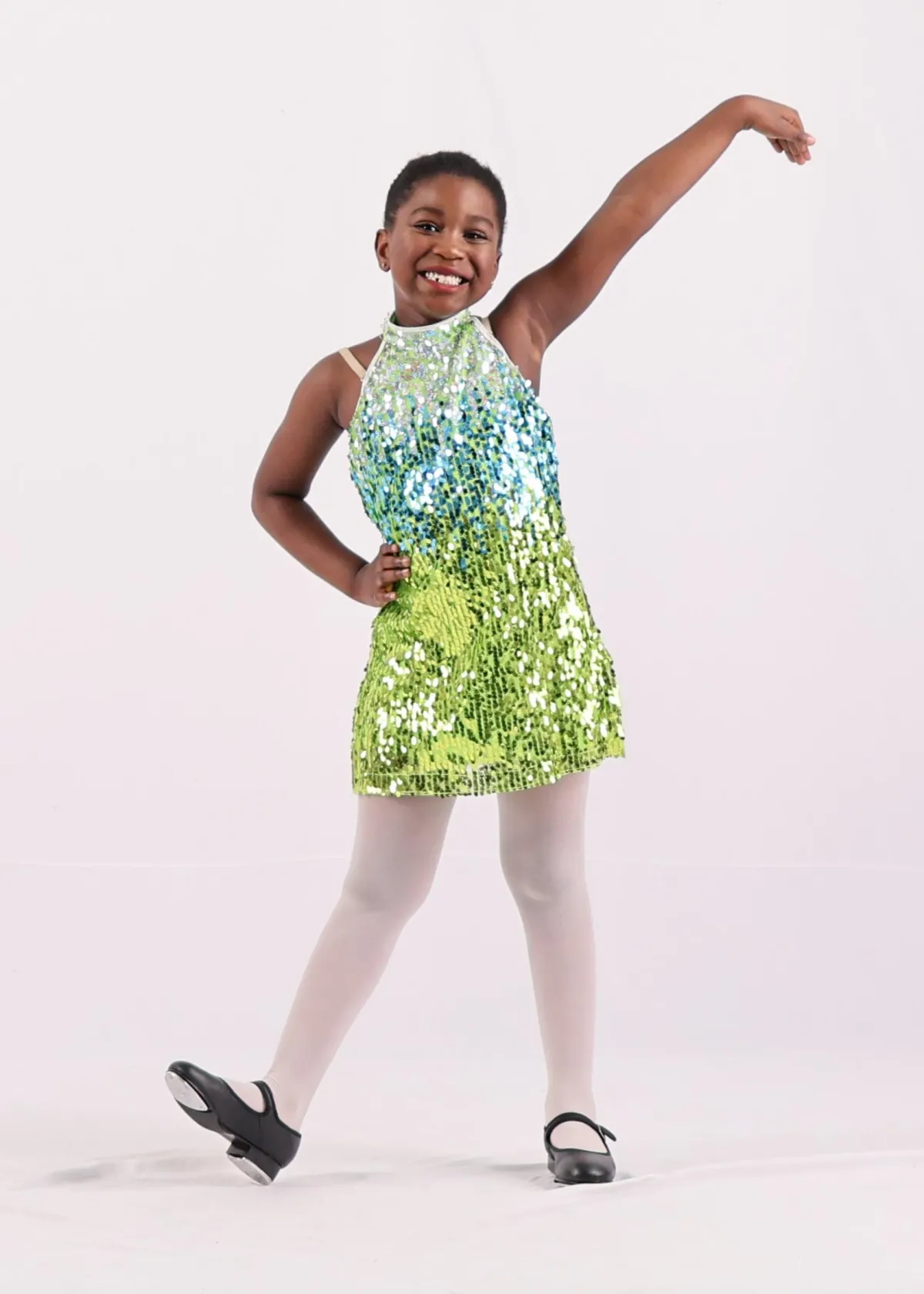
Welcome To Revolution Dance - Your Child's Second Home
Revolution Dance in SE Calgary’s Midnapore community makes it simple, easy, and convenient for families to enjoy Ballet, Tap, Jazz, Hip Hop, and Acro classes.
Your child will:
· Feel seen and celebrated every time they step into class.
· Build confidence and joy through dance, while exploring their individuality.
· Grow in a safe, supportive space where kindness and encouragement lead the way.
· Experience expert teaching with heart, guiding them with skill and care.
· Enjoy a flexible, adaptable environment that fits your family’s busy life.
Every step, spin, and leap is about freedom, fun, and progress—not perfection. It’s all designed to make your child’s dance journey simple, easy, and convenient, from enrollment to performances.
More than dance—it’s a place to feel at home.
CLICK BELOW TO WATCH FIRST!
Find The Perfect Class For Your Dancer










Get to Know Revolution Dance





FOLLOW US
Copyright 2026. Revolution Dance. All Rights Reserved.